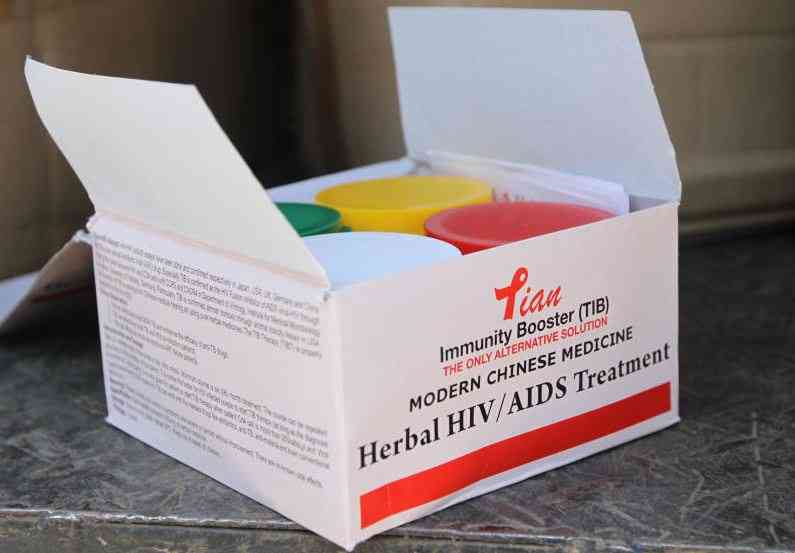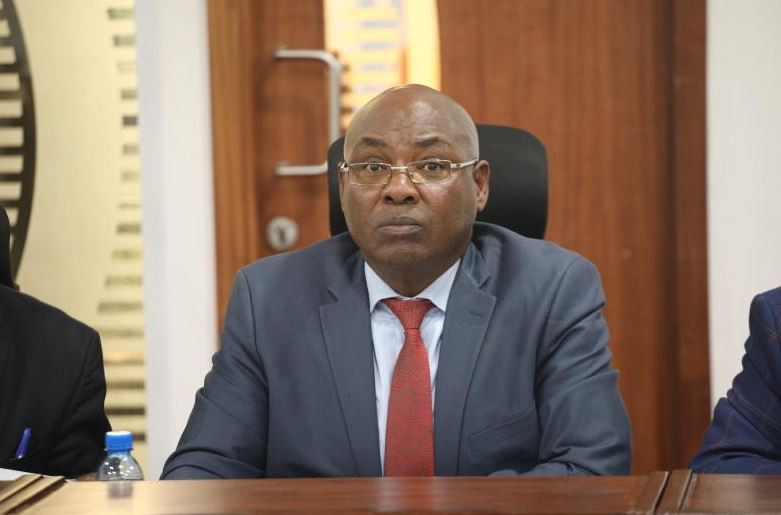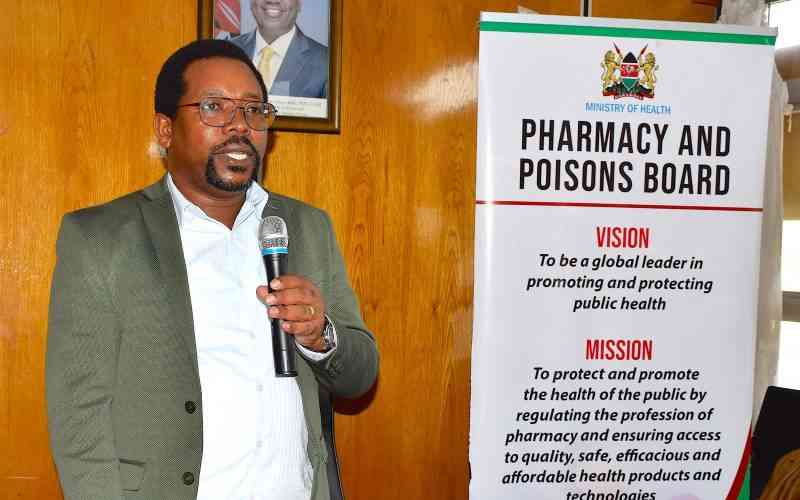
Recent reports have highlighted an increase in Mpox, also known as Monkeypox, across various regions worldwide, particularly in Africa.
In Kenya, the first case was identified in Taita Taveta. To date, 12 individuals have been screened, with 6 testing negative.
In light of the surge in cases in Africa, the World Health Organization (WHO) recently declared Mpox a global public health emergency. This declaration followed reports of over 14,000 cases and 524 deaths in the Democratic Republic of Congo this year.
Its cause and symptoms
According to WHO, Mpox is caused by the monkeypox virus and can be transmitted to humans through direct physical contact with infected individuals, contaminated materials, or infected animals.
Symptoms typically appear within one to three weeks after exposure and generally last between two to four weeks, though they may persist longer in individuals with weakened immune systems.
Common symptoms include a rash on the body, fever, sore throat, headaches, muscle aches, back pain, low energy, and swollen lymph nodes.
Initially, symptoms may include fever, muscle aches, and a sore throat, followed by a rash that starts on the face and can spread to other parts of the body.
- No new mpox cases confirmed since July 22, Health ministry says
- Kenya confirms one Mpox case, steps up surveillance at border
- Africa Mpox resurgence fuels alarm
- WHO calls emergency committee on mpox spread
Keep Reading
The rash begins as flat sores and progresses to blister-like lesions filled with liquid, which can be itchy or painful. The number of skin lesions can vary widely, from just a few to hundreds.
The rash may appear on the palms of the hands, soles of the feet, face, mouth, throat, groin, genital area, and anus. Some individuals may be infected without showing any symptoms.
Treatment
Diagnosis is typically confirmed through specimens taken directly from the rash.
Treatment focuses on managing symptoms and preventing complications, with medications aimed at alleviating the rash and pain.
Most individuals recover within two to four weeks.
During treatment, affected individuals must avoid scratching or popping blisters to prevent spreading the infection to other parts of the body. They should also keep the skin dry and covered, take warm baths, and avoid touching shared items.
If exposed to someone with Mpox, vaccination within four days can help prevent infection.
 The Standard Group Plc is a multi-media organization with investments in media platforms spanning newspaper print
operations, television, radio broadcasting, digital and online services. The Standard Group is recognized as a
leading multi-media house in Kenya with a key influence in matters of national and international interest.
The Standard Group Plc is a multi-media organization with investments in media platforms spanning newspaper print
operations, television, radio broadcasting, digital and online services. The Standard Group is recognized as a
leading multi-media house in Kenya with a key influence in matters of national and international interest.





















